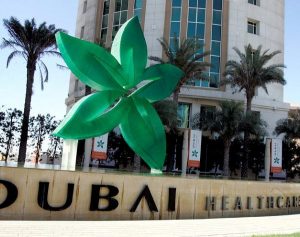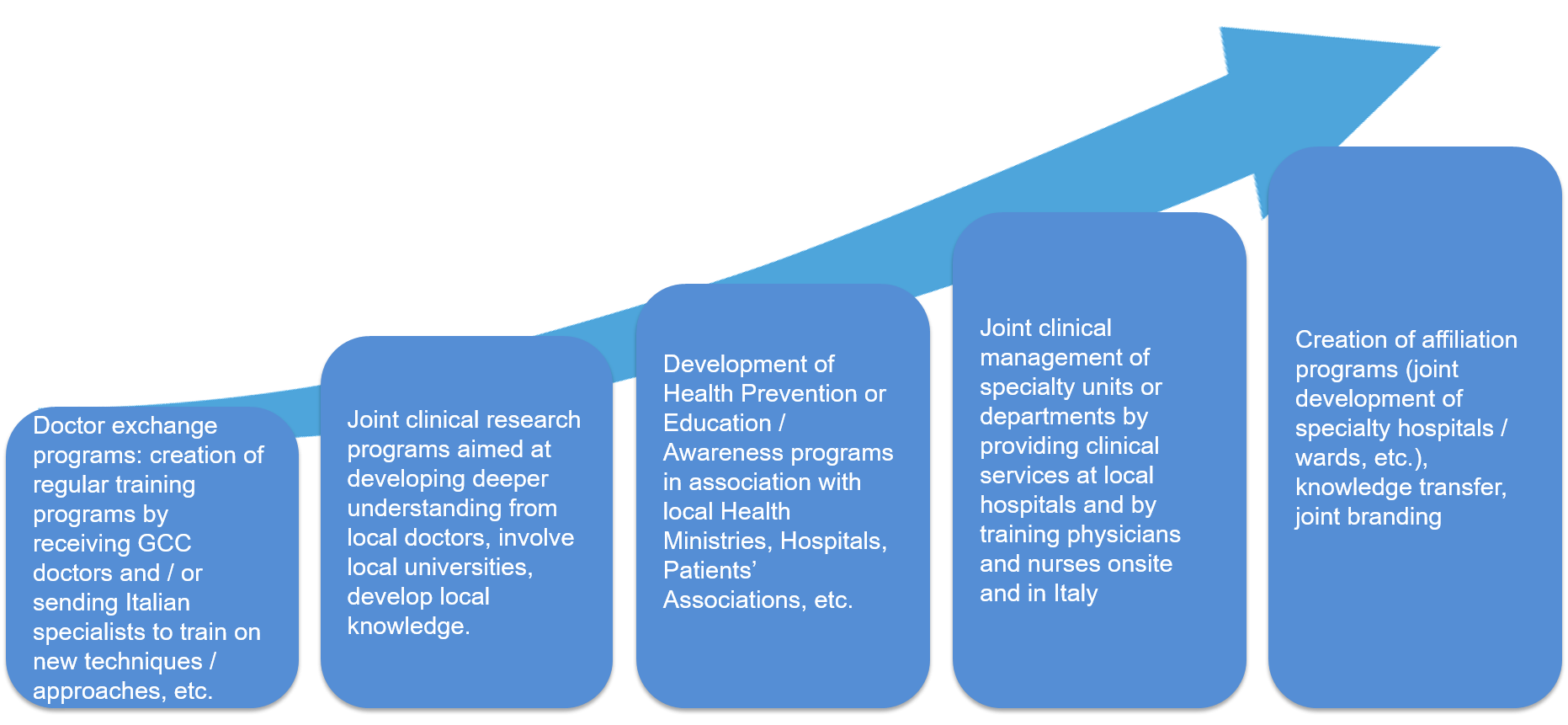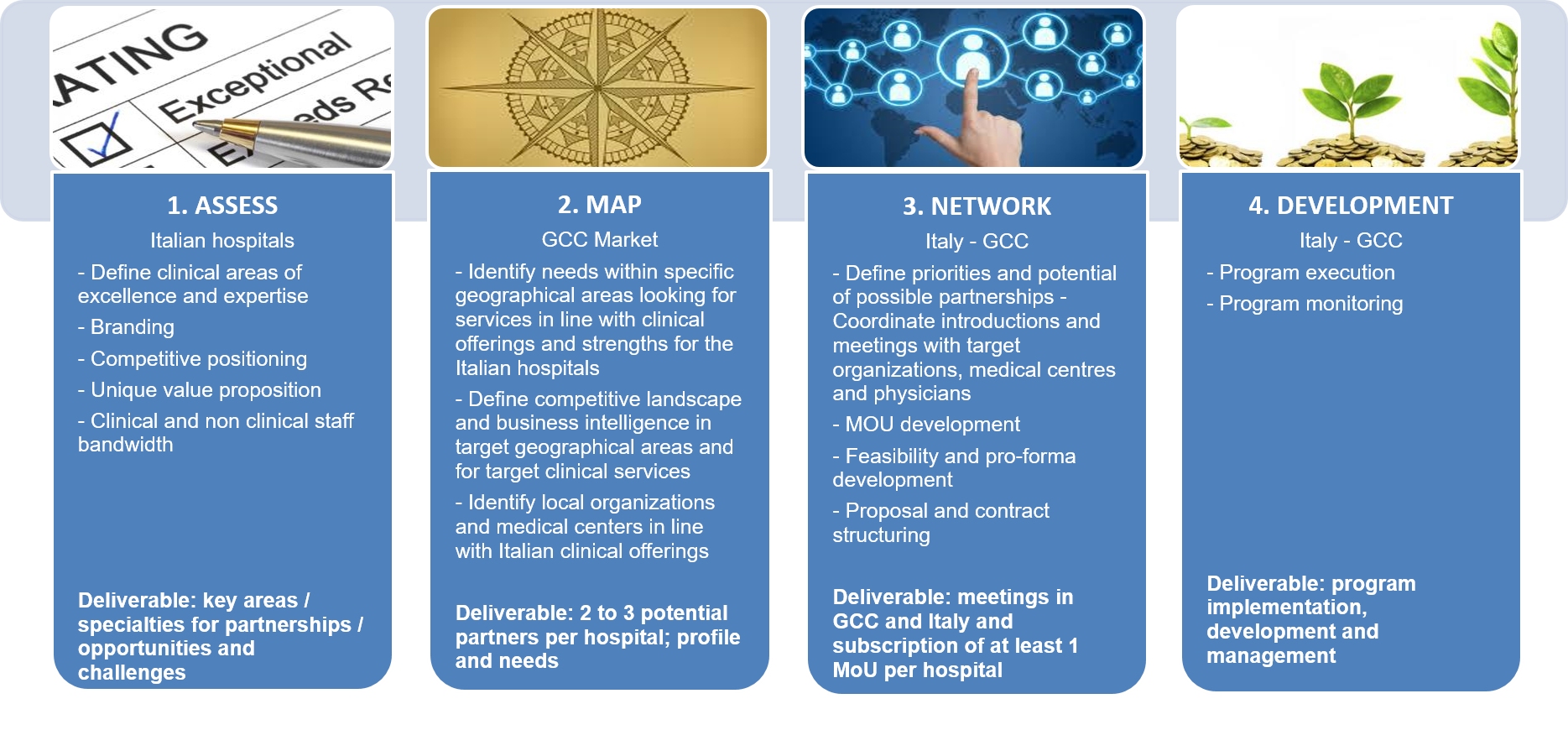A FAST GROWING MARKET

The health sector in the MENA Region (Midlle East and North Africa) has experienced substantial growth in recent years and is expected to spend 144 billion dollars in 2020 with about 69 billion dollars in Gulf countries (GCC). Local governments promote investments in health infrastructure with a growth in medical tourism of 15% per year.

At the same time, due to the lack of specialized services in the area, GCC governments spent about $ 20 billion in 2017 to send patients abroad for treatment. This data concerns the treatment of complex cases mainly related to oncology, orthopedics and trauma, rehabilitation and pediatric treatments.

The demand for healthcare in the GCC is growing and is driven by lifestyle risk factors and the prevalence of chronic diseases such as diabetes, hypertension, cardiovascular conditions, heart disease, cancer, respiratory disorders, mental disorders. For example, the obesity rate for GCC citizens is on average 40%, one of the highest in the world (especially in Dubai, Bahrain, Kuwait, Saudi Arabia and Oman).
BUSINESS MODEL AND APPROACH
The medical cooperation program for United Arab Emirates (UAE), Gulf States and Middle East is designed to create networking and business opportunities at different levels of complexity and with different stakeholders.
It is an evolutionary model, designed to create more and more opportunities as the relationship evolves.
Moreover, in its early stages, the program can also generate patients from GCC towards partner hospitals.

The GCC healthcare cooperation program is designed with a modular approach, in which each phase provides in-depth information and immediate business results. Hospitals can approach the phases step by step in sequence, evaluating the returns before proceeding further.




